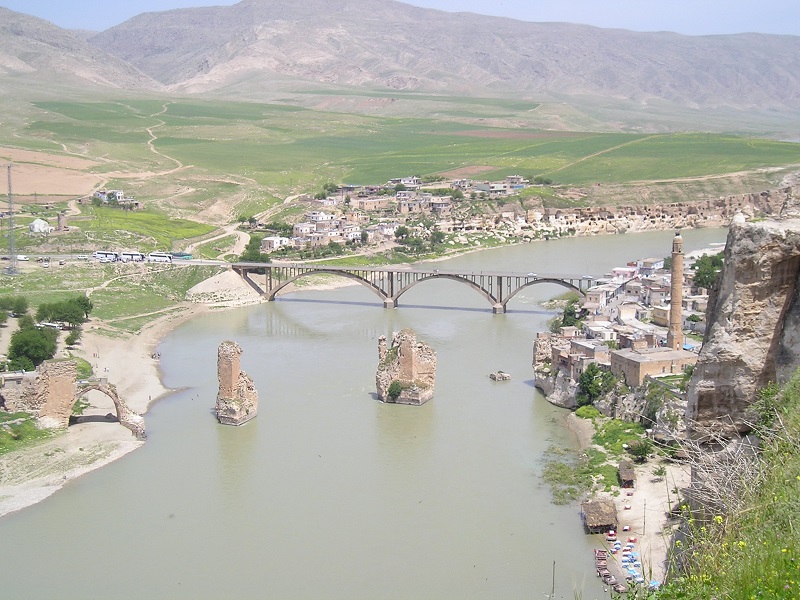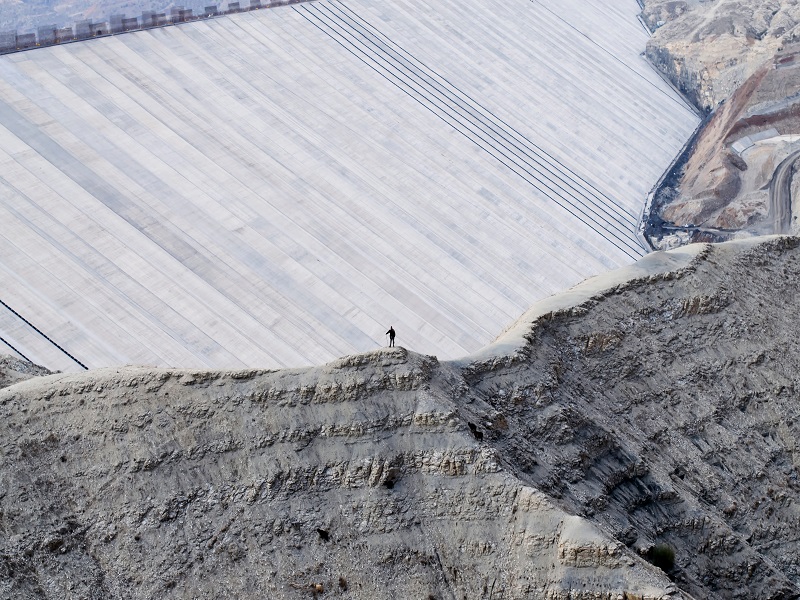The 1.2GW Ilisu dam and hydroelectric power plant is being developed on the Tigris River in Turkey. The project is being developed by the General Directorate of State Hydraulic Works Turkey (DSI) and will generate 3,833GWh of hydroelectric energy annually once fully operational.
The project is part of the Southeastern Anatolia Project (GAP), which aims to develop the nine south-eastern provinces of Turkey. The project has faced protests from environmental rights groups over the years leading to delays in completion.
The total expenditure for the project is estimated at approximately €1.2bn (£1.07bn). The first of six turbine units of the power plant went online in May 2020.
Project development and controversies
Development planning for the construction of the dam and hydropower plant dates back to the 1980s when the initial designs were made. The environmental impact assessment (EIA) report for the project was released in July 2001.
Project Gallery
The project was officially launched in 2007 with initial construction works, relying on export credits and commercial loans. However, the prerequisites for the loans could not be achieved within a year as required and the project was temporarily suspended.
The project was resumed in 2009 with new investors. By the end of 2017, the dam was ready to start collecting water but protests from various environmental rights groups halted the project.
A major issue with construction of the dam was submersion of the lower parts of the nearby Hasankeyf town, which had historical and archaeological significance. This resulted in a strong social and environmental opposition from NGOs and environmental groups.
In July 2019, all the required permissions were granted and water collection in the dam commenced.
Ilisu dam and hydroelectric power plant location
The Ilisu Dam is located on the Tigris River within Turkish borders with a catchment area of 35,517km2. It is located 65km upstream on the main river course running along the borderline between Iraq and Syria.
Ilisu dam and hydroelectric power plant make-up
The Ilisu dam is a concrete faced rockfill dam with a height of 135m and a crest length of 1,820m. The embankment volume of the dam is 43.8 million cubic metres (MCM) and a reservoir volume of 10.4 billion cubic metres at maximum storage.
The dam features three circular section diversion tunnels each with an inner diameter of 12m and varying lengths of 1,099m, 998m, and 897m.
The powerhouse will be equipped with six vertical Francis turbines with a capacity of 204MW and six generators rated at 223MVA. It will also house the digital governors and shut-off valves and ancillary systems. An auxiliary horizontal synchronised Francis turbine unit is also included, which has a rated power output of 4.5MW.
The tailrace tunnel is approximately 1,100m long with a maximum width of 143m. The tailwater side will also have a new bridge of approximately 300m long that runs over the Tigris River.
Transmission infrastructure
The transformer unit of the power plant includes 18 single-phase step-up transformers and one spare transformer. The transformers will convert energy from the turbines to 380kV and transmit to the switchyard through a 900m overhead transmission line.
The 380kV switchyard will feed the electricity to a 380kV grid and another 154kV grid through two coupling transformers.
Contractors involved
The civil works for the project was undertaken as a joint venture led by Nurol Construction and Trade including Cengiz İnşaat Sanayi ve Ticaret and Çelikler Construction.
The civil works and coordination services were undertaken by Stucky and Temelsu International Engineering Services.
The electromechanical works were undertaken by Vatech and Alstom.
The engineering and consultation services consortium consisted of Colenco Power Engineering, Maggia Engineering, Dolsar Engineering and Rast Engineering.
Andritz group supplied the hydro-mechanical and electro-mechanical equipment.
IM Engineering Belgium prepared the final design, reviewed the application design and provided site supervision services.
IBAKH was involved in the supervision of the fabrication and erection of the hydro mechanical equipment.
Mardin Cement supplied the concrete used in the project.


